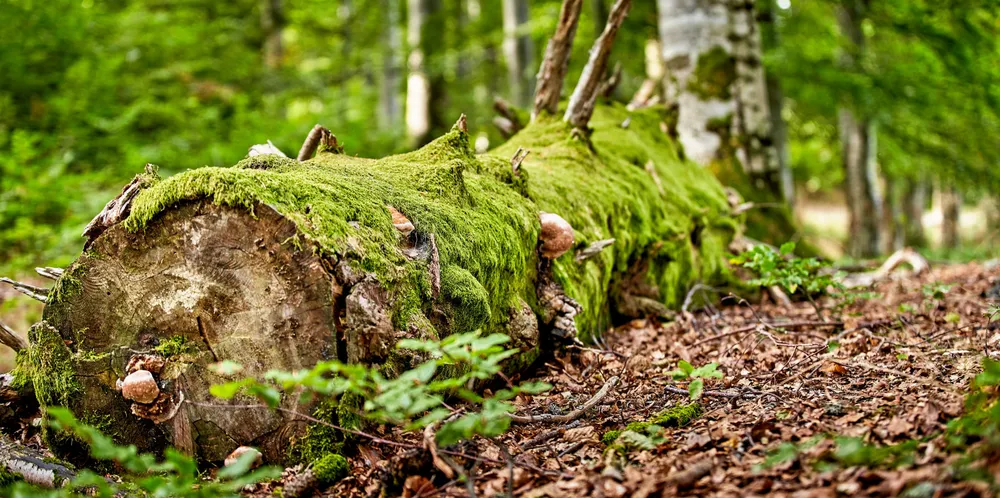‘We will produce carbon-negative green hydrogen at a third of the price of standard renewable H2’
‘Unique’ process will generate multiple revenue streams from the gasification of woody waste biomass, enabling the H2 to be sold at a low price, chief executive of technology developer CAC-H2 tells Recharge
